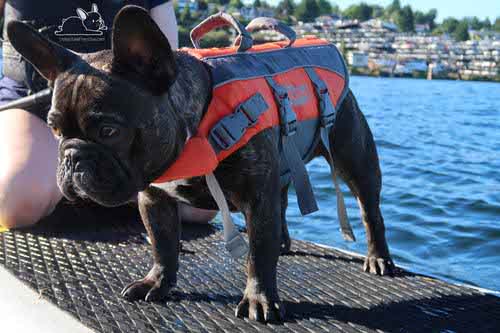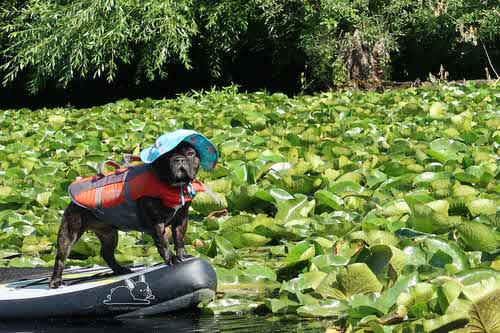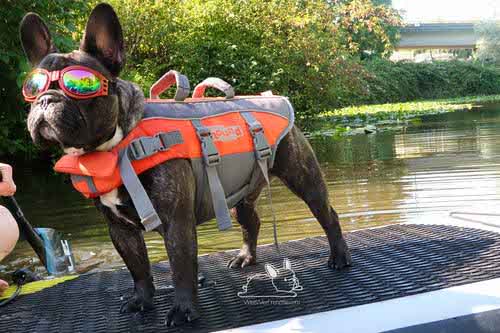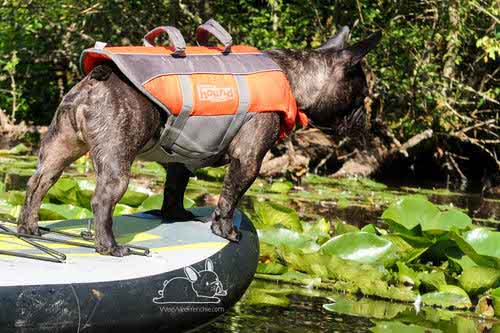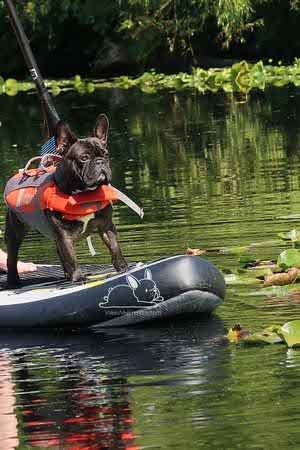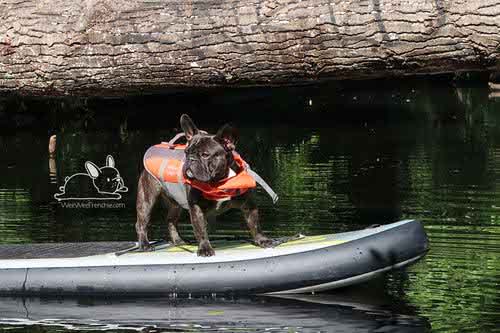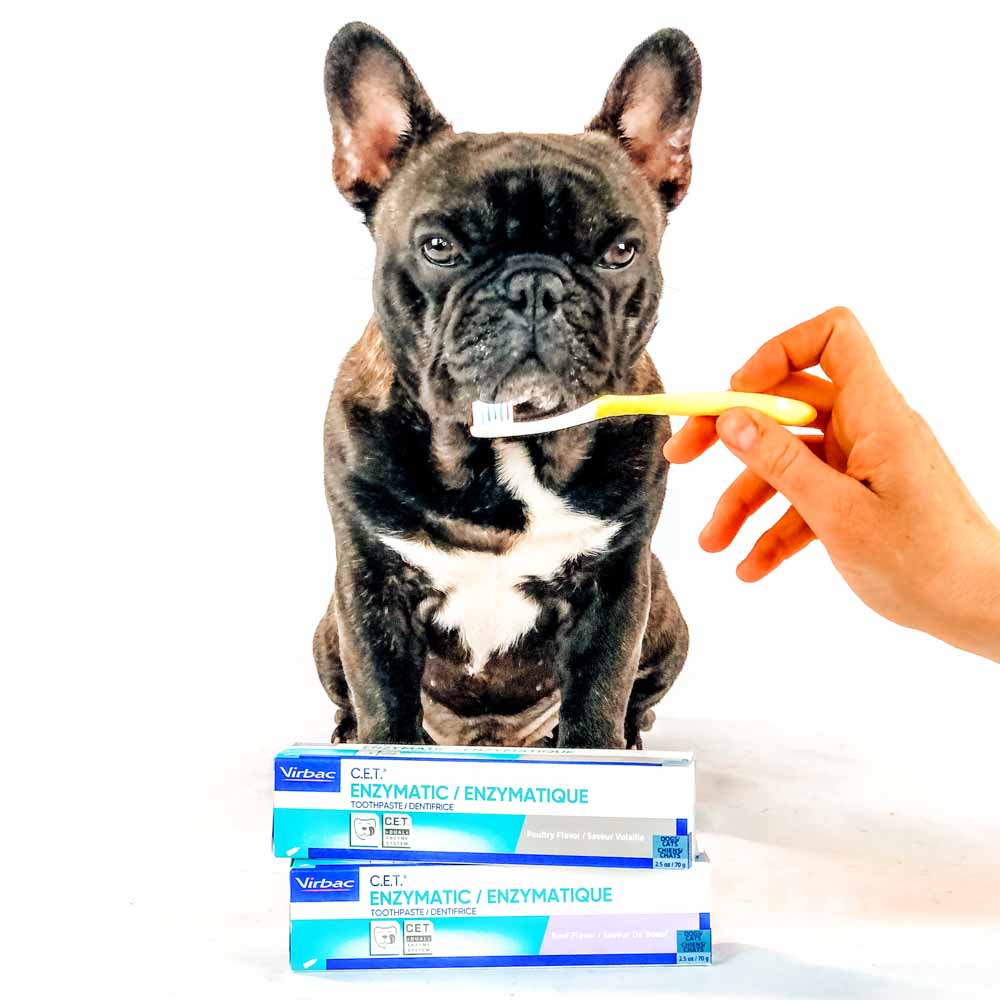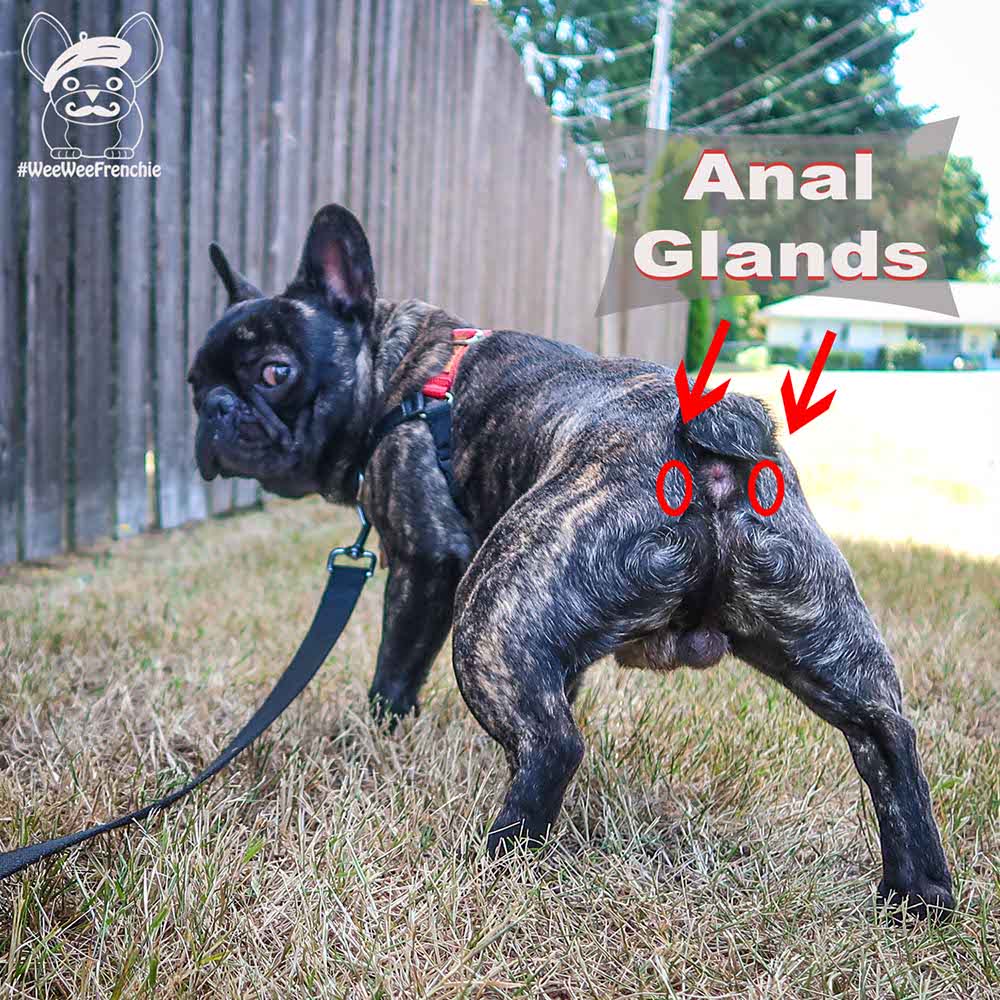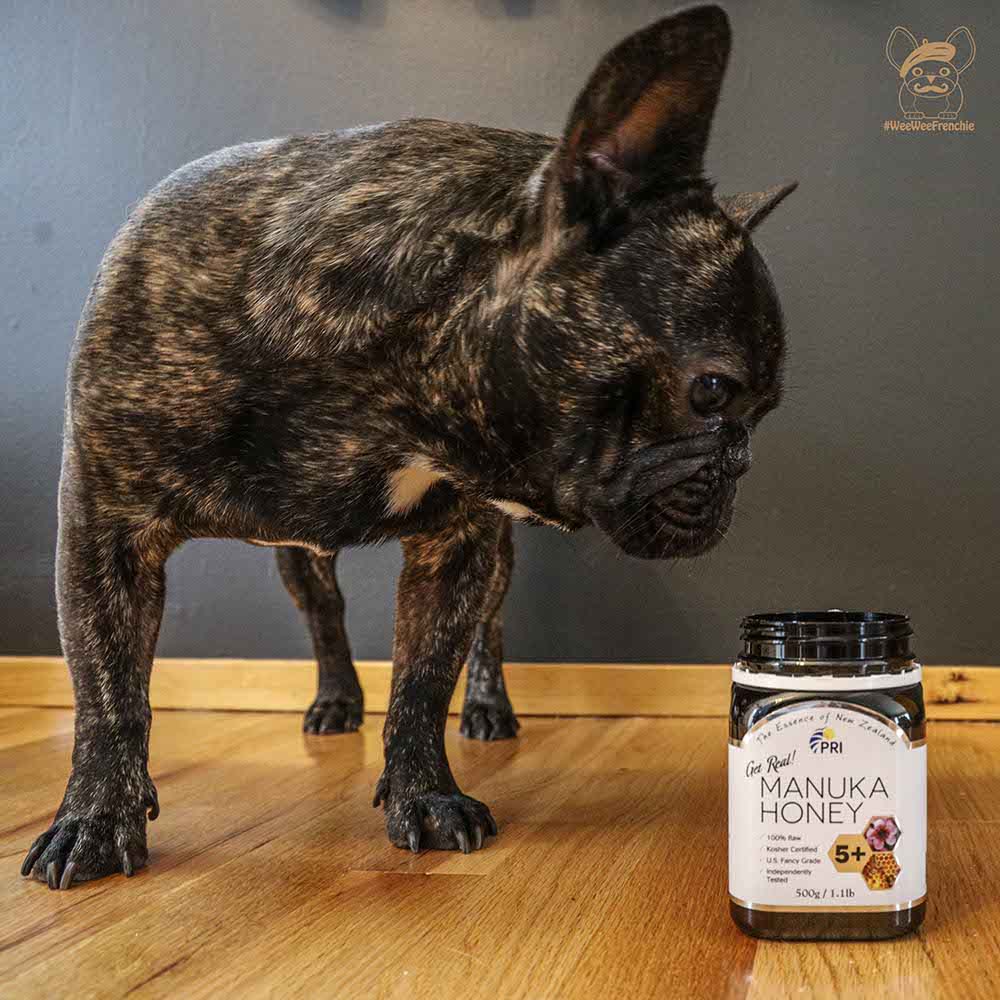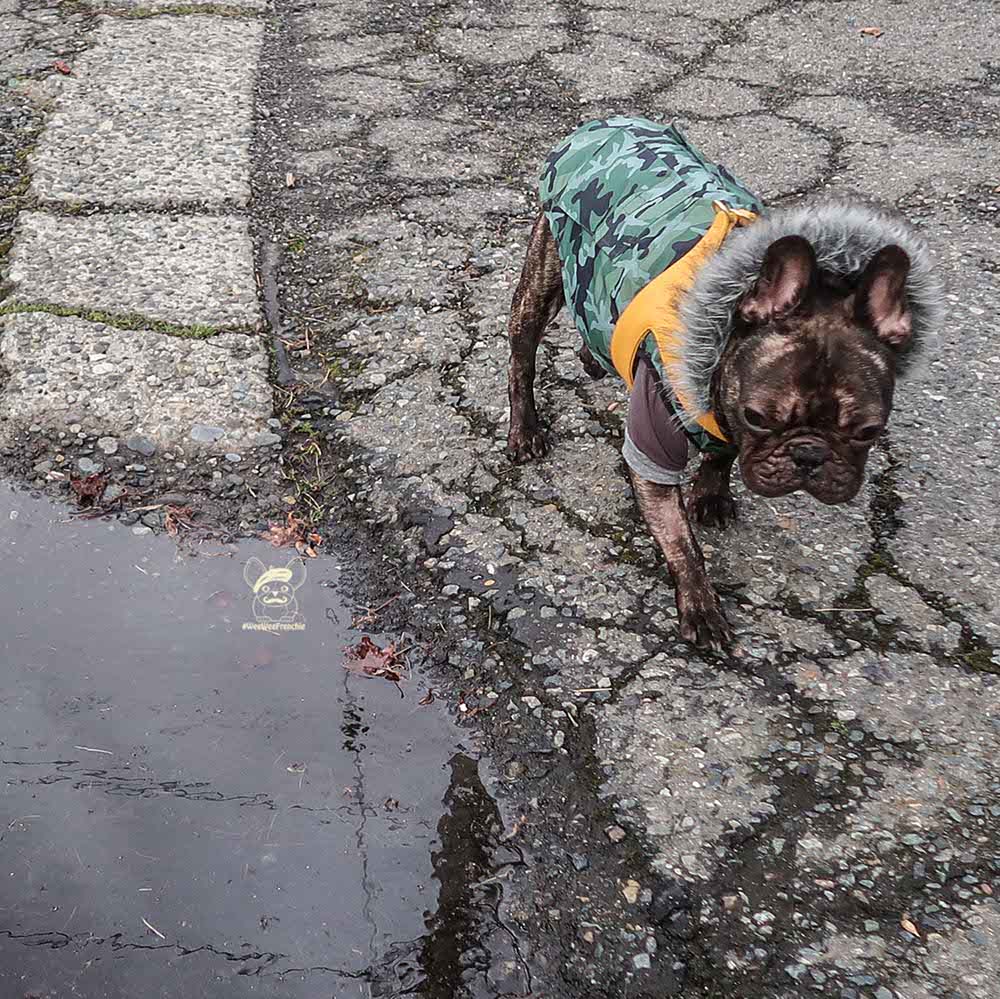Learn to Stand-up Paddleboard with Your Dog
When I think of the warm, summer months, there is one thing that I cannot wait to do: stand-up paddleboard (SUP).
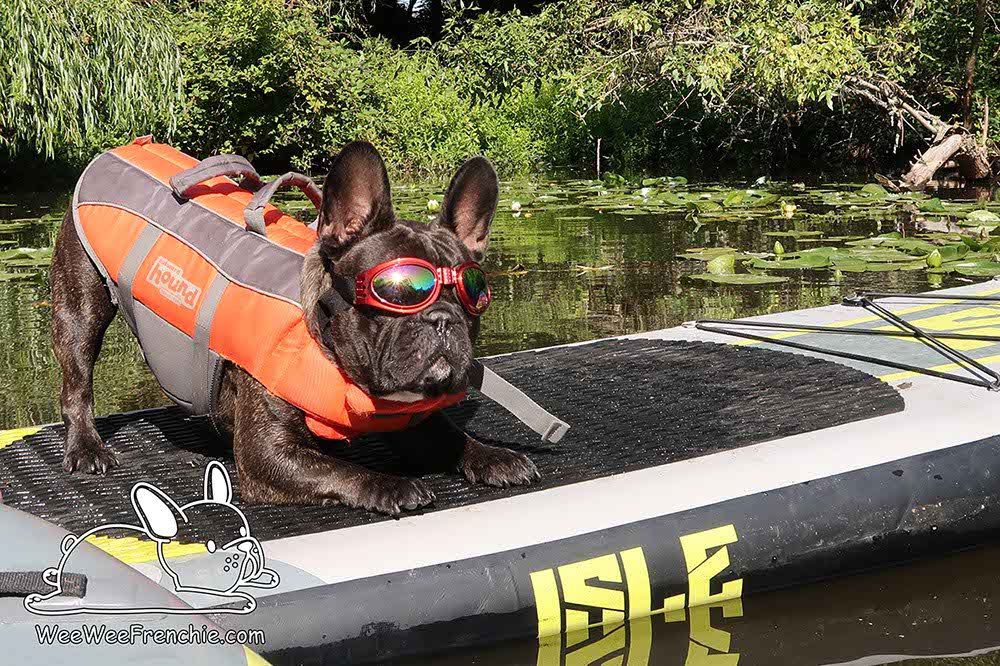
When I think of the warm, summer months, there is one thing that I cannot wait to do: stand-up paddleboard (SUP). I started stand-up paddleboarding about three years ago after using a coupon for a discount rental session. I fell in love with the challenge of learning to stand up on a board in the water, how to change directions, and the challenge of a wave coming towards me. There were so many days that I fell on the board, while other days, I succeeded at getting faster and conquering every wave that came my way.
My time on the lake became more frequent, and I could not get enough. It was absolutely relaxing to be on the water without many people around, and it was my mini-vacation even if only for a few hours. Even though I loved my time on the water, I yearned for more of a challenge.
I began stand-up paddleboarding with Cooper, my french bulldog, about two years ago. Considering that my dog lives the city life, he does not get much exposure to swimming in a kids pools or time on a beach. Cooper primarily sees the water in the bathtub, and he is rarely excited about getting wet.
So how did we teach our dog to paddleboard?
The first step is to make sure to invest in a good stand-up paddleboard. I have limited storage space so the board needed to be lightweight and compact. That meant that I would need an inflatable paddleboard so that the board could be rolled up when not in use. After much research, I decided to get an Isle stand-up paddleboard (we use the 11-foot Explorer model), which has been a great purchase. It is large enough to explore the lake but sturdy enough for Cooper and I to balance on the board together. The board is made of thick rafting material that the company calls, “military grade.” Considering that I have taken my board over rocks and tree branches, as well as bumping into docks, my board has held up to the rough use and has not needed any repair since purchase three years ago. Also, the non-slip top is soft under your feet while keeping you secure. My only complaint would be that the non-slip top should extend farther to the front of the board so that Cooper has more grip when he walks around.
Please keep in mind that when reviewing boards for your own use, the size of the dog needs to be considered. Even though you may stand in place while paddling, your dog may walk around on the board, creating directional shifts or loss of balance. For this reason, it is nice to have an inflatable board since a fall is gentler and more forgiving versus hitting the top of a hard board. Also, considering that Cooper walks and sits on our board, inflatable boards provide a more comfortable ride since the board has some “give” to it. Inflatable paddleboards seem like the ergonomic option when compared to a hard paddleboard, and they just make sense. So you have a stand-up paddleboard, as well as your dog. Now what do you do?
The second step is to get your dog acclimated to wearing a life vest. Never go around water without a life vest on your dog since French bulldogs can sink in the water. Allow your dog to wear the vest at home for brief periods of time, eventually putting it on the dog whenever around water. This allows the dog to make the association between water and the need for a life vest. Eventually, start getting your dog more comfortable around water by letting the dog splash in the shallow end of a pool or dip the dog’s feet in water. As your dog gets more comfortable, put your dog completely in water until floating so both you and the dog understands how the life vest works. Also, this allows for practice in using the handles on the vest to remove your dog from the water. Although it sounds intuitive, the first time your dog falls in the water can be scary, and you need to be able to react quickly.
As your dog gets more comfortable around water, the third step is to start exposing the dog to the paddleboard. Inflate the board at home, and let it sit in a room so your dog can sniff and explore the board. Hopefully, the dog will also walk, sit, and lay on the board, allowing for more familiarity before going out on your first paddleboarding experience. When you think that your dog is ready, plan for a trial run with your dog paddleboarding. Do not force your dog to do anything that he/she is not ready to do and keep your first lesson brief. Just as you needed lessons to learn how to balance and stand on the board, your dog will also need time to learn proper guest-riding etiquette. Remember to start out slow with short sessions on the board, and as your dog gets better at paddleboarding, slowly increase the length of paddleboarding sessions. Remember to be patient and enjoy your new adventure with your dog.
Adding a dog to your paddleboard definitely has its own challenges, and here is what you need to know.
1. Learn to paddleboard first before taking your dog. If you do not know how to balance and navigate through the water, it will be frustrating for both you and your dog. Take lessons, and get in practice time. Once you feel comfortable on your board, then add your canine.
2. Never ever go out on the water without a life vest, whether it is for you or your dog. Life vests are fairly cheap for your canine (under $20), and considering that French bulldogs are not good swimmers, this is a non-negotiable item.
3. Invest in a good paddleboard. We bought Isle inflatable paddleboards because they are easily transportable, weigh around 30 pounds when in their backpacks, and they are highly durable.
4. Bring water to keep your dog hydrated. When I paddleboard with Cooper, we are easily on the water for 1-2 hours, which could lead to dehydration. I bring along a portable water bowl, lock it in place on the ripcords, and Cooper helps himself when needed.
5. Prevent overheating by limiting, or avoiding, paddleboarding when the weather is greater than 80°F. Frenchies can overheat easily, and even with dipping your dog in the water to keep them cool, you still need to be careful when in the sun for extended periods of time. We also use floppy hats for Cooper, not only to provide shade but also to protect his eyes from the sunlight.
6. Make the experience fun for your dog. Paddleboarding has been more fun for me because I also add entertainment for Cooper. We travel around the lake scoping our usual spots for ducks! Cooper stands on the front of the board and tries to figure out how to jump into the water to swim. Although he hates being wet and will never actually jump in to swim with the birds, it is rewarding to see the excitement on Cooper’s face. He usually thanks me with hugs and kisses after we have found his “friends,” which means we had a successful paddleboarding expedition.
Stand-up paddleboarding with your dog can be both rewarding and fun. It gives your dog a new adventure to experience with you. Remember to be safe in the sun, use hats to create shade for your dog, and do not go out when the weather is greater than 80°F due to a French bulldog’s inability to stay cool. Life vests are mandatory for keeping your dog safe since Frenchies may swim for a short-period but will eventually sink due to their physical characteristics. Lastly, remember to have fun and find the birds or marine life out in the water. It is almost like taking your dog on a mini-field trip to the aquarium, and you never know what you will find on each adventure.
Summer time should be a fun experience for you and your dog! Enjoy the sun and water, and leave us a comment below about your doggie tips and tricks for an enjoyable stand-up paddleboarding adventure.
